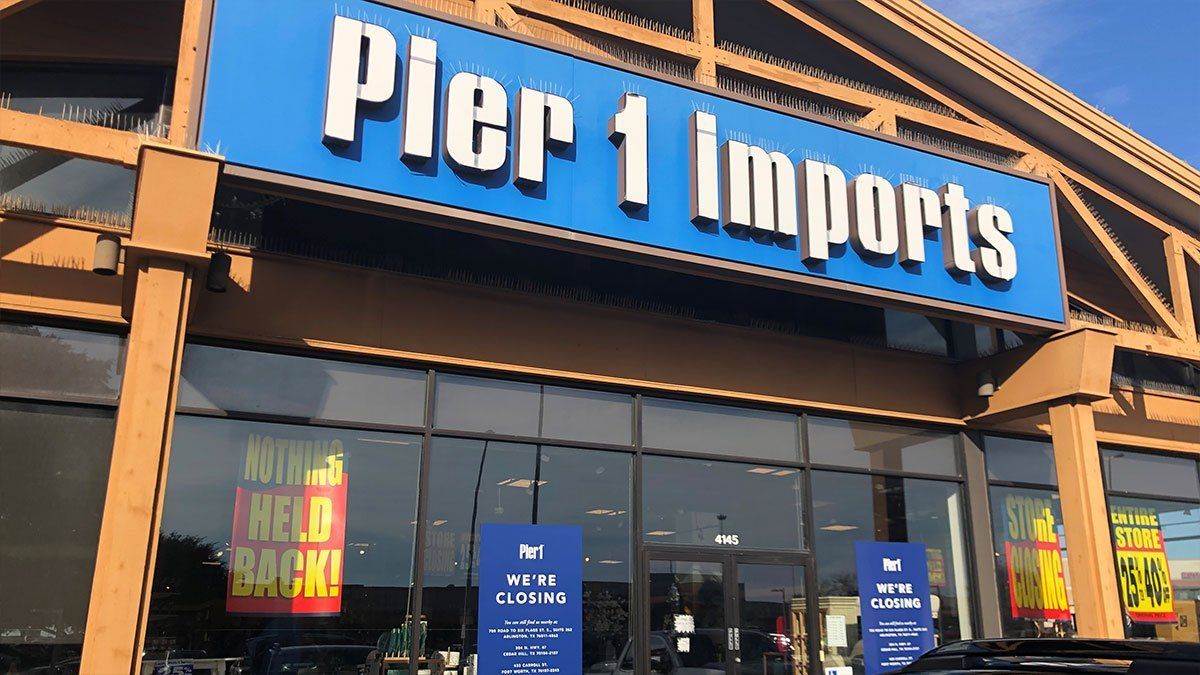Posted in Uncategorized

Opportunity May Be Knocking to Increase or Protect Market Share
Unfortunately, not all businesses are preparing to reopen in the aftermath of stay-home orders that idled businesses and employees across the country due to the Coronavirus pandemic. While many are indeed reemerging or pivoting to serve new markets, too many are sadly calling it quits—some after historic good runs and having become household names for decades.
One familiar brand that was unable to recover from the national shutdowns was Pier 1 Imports, which has filed for Chapter 11 bankruptcy proceedings to wind down its operations and will soon auction off its remaining assets, including its intellectual property and e-commerce business, through the court-supervised process.
What’s interesting to note is that among all of the brand’s myriad assets, the most valuable among them just might be the company’s intellectual property assets. And what will be interesting to observe is to watch how the suitors who will emerge to bid on the IP will compete to claim the most valuable among them to increase their own market share or to “box out” competitors from claiming them (and their attendant market share).
Both scenarios are important to understand for businesses in any category—retail or otherwise—as they demonstrate the true value of intellectual property, and how it can be leveraged in any competitive marketplace.
Is Your Company Pier 1, or Its Takers?
In the context of the Pier 1 bankruptcy (and the countless others like it), think of your company and its own intellectual property. First, consider yourself as the pre-downturn Pier 1. Think about your IP as the very bloodline of your organization. To wit, Pier 1 was much more than just another home furnishings retailer. It was an institution. It was a brand. It was category-defining. What made it so was its intellectual property, which was not easily replicated by competitors because it was true to the brand’s DNA. What do you have that makes your company what it is, and what IP do you own that carves out a defensible market position that competitors cannot easily replicate? If it exists, protect it at all costs! If it doesn’t, invest in it!
For a company like Pier 1 (and yours is no different), intellectual property is much more than brand trademarks and creative copyrights. It is also trade secrets, its product lines, its product design, its supplier relationships, its website and even its logistics processes. The list goes on and on. All of this should be documented and submitted for IP protection. If you’re unclear about what can be classified as intellectual property, consult with your IP counsel.
If you envision your company as a Pier 1 competitor, supplier or distribution partner, consider who the other “Pier 1s” might be in your industry. In almost every vertical, the pandemic and its economic fallout have brought far too many companies that were already struggling pre-COVID to the brink of dissolution, sadly.
Whether your company is the proverbial Pier 1 or its many survivors, there are competitive advantages to be gained by understanding that IP does not necessarily fade away when the company holding it dissolves—nor should it. You’re going to see many companies vying for Pier 1’s IP in the coming weeks…some to salvage the value of its product lines, others to expand market share in the home furnishings space, and still others to prevent competitors from doing the same against their own market share. Some may be e-tailers, others might be big boxes like Target, Kohl’s or Wal-mart, and still others might be boutique retail chains.
Now is the time for you to consider your options as well.
The Perfect Time to Take Action
We are in an era in which the coincidence of opportunity and market conditions creates an environment that may never be better for companies looking to secure available and valuable IP to their own long-term advantages: There is historically high-value IP coming available at artificially deflated valuations, all during a period of historically low lending rates. If there were ever a time to go shopping, it’s now.
Improve Market Share: Has your company ever considered expanding into new markets or developing new product lines that might otherwise be cost-prohibitive? Perhaps now this product or diversification can simply be purchased…at pennies on the dollar. Even if a competitor or other industry player won’t be fully winding down, as in Pier 1’s case, perhaps others are simply looking to sell off divisions or product lines they are struggling to support financially. Knowing what’s out there and available at least arms you with the knowledge of what can be taken, even if you don’t do the taking yourself.
Protect Market Share: Sometimes you need to take a defensive posture. If there are IP assets on the market, whether publicly or privately, consider what negative effect it might have on your business should a competitor swoop in to acquire them before you do. If the price is right, it might be a simple strategy to acquire the IP of a struggling or failing competitor or industry player just to make sure your competitors don’t. Even if you plan to mothball the product or service line.
Flip It: With interest rates so low and with currently depressed valuations of brand assets and IP, this could be a buyer’s market and a seller’s market all at once. It’s not entirely inconceivable that certain intellectual property could be purchased now and sold off soon after at considerable short-term profit. It’s certainly arguable that IP in certain sectors will never be valued lower than it is at this very moment. Six months to a year from now? It could be a whole different story. Savvy IP brokers might even consider purchasing IP “in bulk” but selling off individual pieces to various entities and suitors, maximizing gains all the more.
License to Kill It: Too many overlook the opportunity to engage in and offer licensing deals for intellectual property assets. Yet, this is the proverbial dream come true: making money while you sleep! Even if a given product line or service set is not entirely within your business plan or core competence as an organization, you still might consider acquiring currently affordable IP to license off to competitors and other industry players, without having to retool your organization to operate a business unit you haven’t mastered.
Keep in mind: It’s much more expensive, arduous, disruptive and risky to develop a new brand, product line or service set—or to expand into new markets you have no brand equity in—than it is to simply buy it. This is especially true for the “Pier 1s” of the world in your industry…the household names who have already spent decades building the brand and operational machine to secure loyal market share who will continue to patronize the company, regardless of who owns it.
How to Know Where to Start?
But who’s job will it be to research what intellectual property is available at auction, could be negotiated privately, or may soon be on the market publicly? Certainly not yours..to do this well, you need almost constant surveillance.
This is where your IP counsel should serve as your company’s “co-pilot,” of sorts. While you’re operating the plane and navigating its successful journey, your co-pilot should be thinking and looking ahead, conducting nuanced and sophisticated surveillance of future hazards and opportunities, then presenting to you only the most actionable and relevant paths for you to consider.
IP counsel should be trusted to:
- Monitor industry trends and prepare reports and recommendations for IP opportunities worthy of strategic consideration;
- Identify specific intellectual property acquisition targets that are most readily and immediately available;
- Serve as liaison between your company and the potential seller;
- Negotiate offers and counter-offers to maximize the value of any potential transaction on your behalf;
- Conduct thorough and exhaustive due diligence on all IP assets prior to negotiations, to make sure patents and trademarks are in good standing and actually worthy of purchase.
- Perform periodic reviews of your own IP to make sure there are no vulnerabilities at risk of being acquired or infringed upon by a competing force in the marketplace.
- Give you peace-of-mind that your IP is protected, maximized and leveraged as a competitive advantage, whether it’s IP you currently own or IP you may some day wish to acquire.
If you are interested in a preliminary analysis to discuss IP as a strategic differentiator for your company or business unit, I am open to a no-cost, no-obligation conversation to examine your goals, objectives and options. Contact me to schedule a phone call at [email protected] to get started.
FREE White Paper Download
Click here to download my FREE white paper, How to Protect Your Company’s Intellectual Property When No One is Working in Your Offices!
Disclaimer & Notice: The content of this article does not constitute legal advice. The information presented herein is for informational use only. Not responsible for the actions or failures of third parties. Not responsible for any action or inaction based on the content of this article. The content of this article is solely the opinion of the author(s) and may not necessarily be those of Remenick PLLC, its clients or members. Reading this article does not constitute the establishment of an attorney-client relationship. Any communication received will not be confidential unless and until an attorney-client relationship is established by an engagement letter. The content of this article may not be current as of the date of access and may be removed or updated without notice. Consult with legal counsel before undertaking any legal action.


